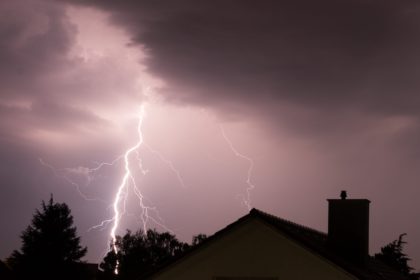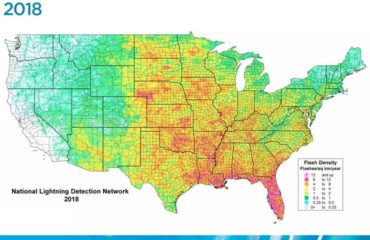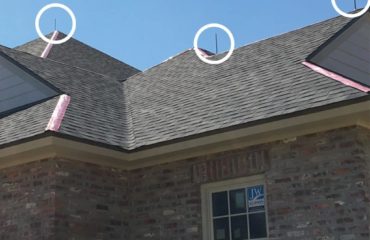
In 2019, the US recorded 76,860 lightning claims. These claims costs insurers $920.1 million – averaging $11,971 per claim. There was a 2.6% rise in claims from 2018 to 2019. As more houses evolve into smart homes, they become more susceptible to lightning damage because the electronic systems are so interconnected – and these devices and electronics are damaged all at once.
It isn’t necessary for every home to install lightning protection. However, if the home meets any of the following criteria, you should consider lightning and surge protection:
- The home is in an area with frequent lightning strikes (Louisiana is one of the top 10 states for homeowner’s insurance lightning losses with 3,540 claims costing a total of $31.9 million and averaging $9,025 per claim).
- The home is tall
- The trees around the home are within 10 feet of the structure
It is not possible to prevent lightning from striking a home. It’s also important to understand that lightning rods are just one component of a more comprehensive lightning protection system. The lightning rod, typically mounted on the roof, provides the path of least resistance in diverting energy from the atmosphere to the ground. The complete system includes surge protection to protect devices inside the home. This protection system intercepts electrical energy and surges and route it to the ground bypassing the home.
Stay tuned to learn more about the complete system, whole-home surge protection, and visit www.4lp.com/residential to learn more about lightning rods and lightning protection system options.






